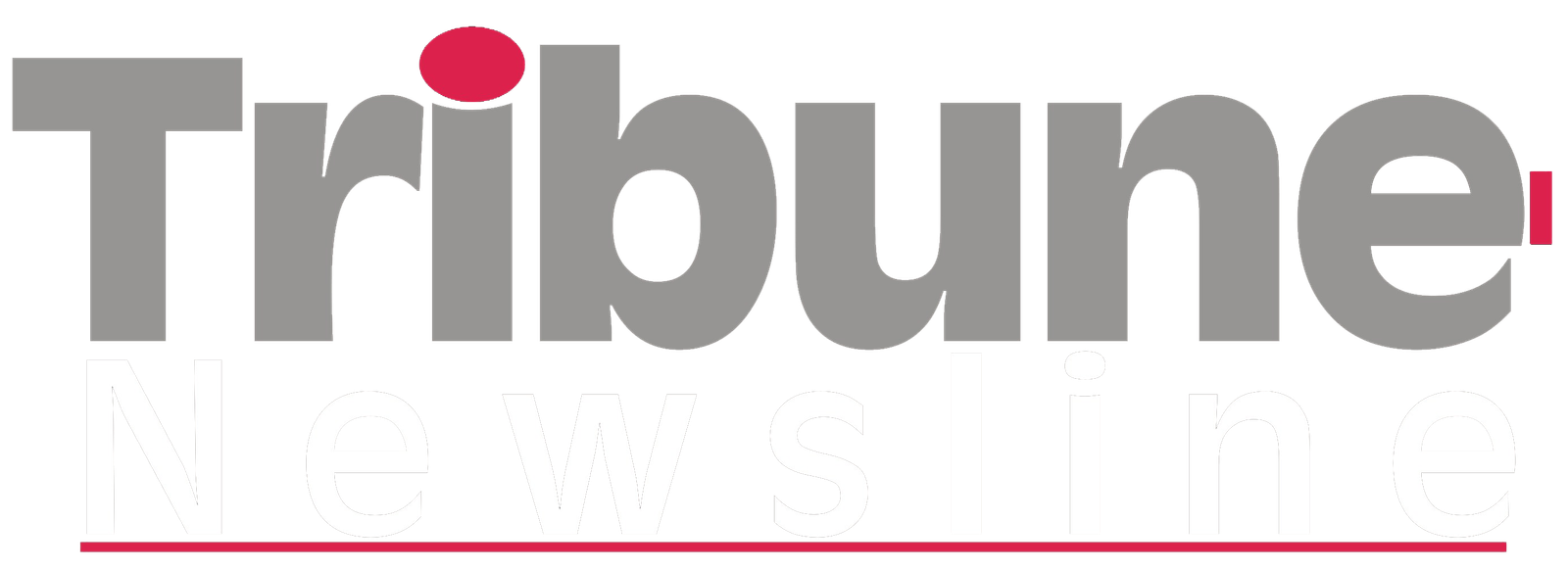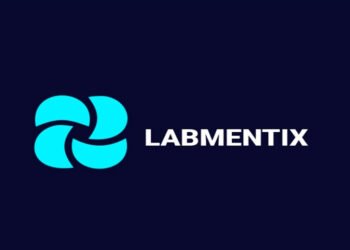In an exclusive conversation with Vishal Shah, Co-Founder & CEO of Synersoft Technologies, we explore the often-overlooked digital asset risks SMEs face and the best practices for safeguarding business-critical data. Shah, a seasoned technology expert and a pioneer in cybersecurity solutions for MSMEs, shares insights on how businesses can enhance data protection without compromising accessibility.
Here’s what he had to say about the biggest digital risks, securing ERP data, cost-effective cybersecurity strategies, and future trends shaping digital asset protection.
1. What are the biggest digital asset risks SMEs often overlook?
SMEs frequently underestimate risks that can compromise their digital assets due to limited resources and awareness. One major overlooked risk is the lack of data centralization. Many SMEs allow critical data to be stored on employees’ personal devices or scattered across different systems, leading to data silos, data loss, or theft. Without a centralized repository, enforcing data protection policies, monitoring data access, and implementing consistent security measures become challenging.
Another common oversight is inadequate backup practices. Many SMEs rely on manual backups, which are irregular and prone to human error, exposing them to significant data loss due to hardware failures, accidental deletions, or cyberattacks. A robust automated backup strategy is essential to ensure business continuity.
Weak endpoint security is another major risk. Employee devices such as laptops and smartphones often lack essential security protocols, making them vulnerable to malware, ransomware, or unauthorized access. Without proper encryption, remote wipe capabilities, or endpoint protection, businesses leave themselves open to significant security breaches.
Additionally, poor access control policies are a widespread issue. Granting unrestricted data access to all employees increases the chances of internal leaks, unauthorized modifications, or insider threats. Implementing Role-Based Access Control (RBAC) ensures that employees access only the data necessary for their job roles, minimizing potential exposure.
Data Loss Prevention (DLP) is another area SMEs often neglect. Without monitoring mechanisms to track data movement, businesses risk having sensitive information shared or stolen without detection. By overlooking these crucial aspects of cybersecurity, SMEs become prime targets for data breaches and financial loss.
2. How can SMEs protect their ERP data effectively?
Enterprise Resource Planning (ERP) systems integrate key business functions such as finance, inventory, supply chain, and customer management. Given their importance, securing ERP data should be a top priority for SMEs. However, many businesses fail to implement essential safeguards, making their ERP systems vulnerable to data loss and cyber threats.
A fundamental step in securing ERP data is forced data centralization. By ensuring that all ERP data is stored within a secure, controlled environment, businesses reduce the risks associated with employees saving sensitive information on personal devices or unregulated cloud storage. Solutions like BLACKbox enforce such centralization, allowing SMEs to maintain better control over access and security policies.
Automated backups play a critical role in ERP data protection. Relying on manual backups is risky and inefficient. Implementing automated, periodic backups ensures that data is regularly saved and can be restored quickly in case of accidental deletion, hardware failures, or cyber incidents.
Role-Based Access Control (RBAC) further enhances ERP security by limiting access to specific modules based on employee responsibilities. This minimizes unauthorized modifications and prevents potential insider threats.
Endpoint security measures such as encryption, remote wipe capabilities, and multi-factor authentication (MFA) are vital. Since ERP systems are accessed via multiple devices, securing endpoints ensures that even if a device is lost or stolen, sensitive ERP data remains protected.
Lastly, adopting Data Loss Prevention (DLP) strategies ensures that ERP data is not inadvertently shared via unauthorized channels. By monitoring data transfers, businesses can prevent data leaks and unauthorized access. Integrating these security measures helps SMEs establish a strong protection framework for their ERP systems.
3. What are the most cost-effective ways to safeguard business data?
For SMEs with limited budgets, cost-effective cybersecurity measures are essential. One of the most efficient methods is forced data centralization, which consolidates business data into a single, secure system, reducing data sprawl risks and improving management efficiency.
Automated backups are another affordable safeguard. Instead of relying on costly data recovery services, SMEs can set up periodic backups that run automatically, ensuring critical information is always recoverable.
Endpoint security can be achieved through cost-effective solutions such as device encryption, firewalls, and basic access controls. Implementing these measures prevents unauthorized access and minimizes the risk of malware or ransomware attacks.
Role-Based Access Control (RBAC) is a simple yet effective policy adjustment that does not require additional investment. By restricting data access to only those who need it, businesses significantly reduce the risk of internal data breaches.
Integrating Data Loss Prevention (DLP) strategies into existing systems is another budget friendly approach. Solutions like BLACKbox offer built-in DLP functionalities, allowing SMEs to monitor and control data flow without investing in separate software. By leveraging these cost-effective strategies, SMEs can establish strong cybersecurity defenses without breaking the bank.
4. How can SMEs balance data security with easy accessibility?
Balancing security and accessibility is crucial for SMEs to ensure seamless operations while maintaining robust data protection. One effective strategy is forced data centralization, which stores data in a secure, centralized system while granting controlled access to authorized users.
Role-Based Access Control (RBAC) further refines this approach by ensuring employees can only access the data relevant to their job roles. This prevents unnecessary exposure while maintaining workflow efficiency.
Secure remote access is essential, especially in hybrid and remote work environments. Implementing VPNs, Zero Trust security frameworks, and endpoint encryption ensures that employees can securely access company data from anywhere without compromising security.
Automated backups also contribute to both security and accessibility. In the event of a data loss incident, businesses can quickly restore their data without disrupting operations.
Cloud-based security solutions like BLACKbox One Cloud offer a seamless blend of security and accessibility by enabling controlled remote access, Zero Trust authentication, and centralized data management. These solutions allow SMEs to maintain operational efficiency while ensuring that their data remains secure.
5. What future trends do you see in digital asset protection?
The future of digital asset protection for SMEs is being shaped by evolving cyber threats and emerging security technologies. One of the most significant trends is the adoption of the Zero Trust security model, which enforces strict authentication for every access request, reducing both internal and external risks.
AI-driven threat detection is another growing trend. By leveraging artificial intelligence, businesses can analyze user behavior and data access patterns in real-time to identify anomalies and potential security breaches before they escalate.
The increasing adoption of cloud-based security solutions will continue to drive SME cybersecurity strategies. Cloud platforms like BLACKbox One Cloud provide scalable, cost effective data protection with centralized storage and enhanced security measures.
Predictive analytics powered by machine learning is set to play a crucial role in cybersecurity, enabling businesses to anticipate risks and respond proactively. By analyzing historical data, these systems can identify vulnerabilities before they are exploited.
Regulatory compliance will also be a key driver of innovation in digital asset protection. As data protection laws become more stringent, businesses will need to adopt integrated security solutions that include DLP, encryption, and audit trails to ensure compliance.
By embracing these trends—Zero Trust, AI, cloud security, predictive analytics, and compliance-driven innovation—SMEs can proactively safeguard their digital assets and stay ahead of evolving cybersecurity challenges.
About the Respondent Vishal Prakash Shah is the Founder and CEO of Synersoft Technologies. A seasoned technology stalwart, an inventor of patented cybersecurity technologies, a writer, a serial entrepreneur, and an investor, he is known as the “Go to Guy” for MSMEs. His expertise in IT security and business resilience has positioned him as a trusted advisor for enterprises navigating the digital age.



















